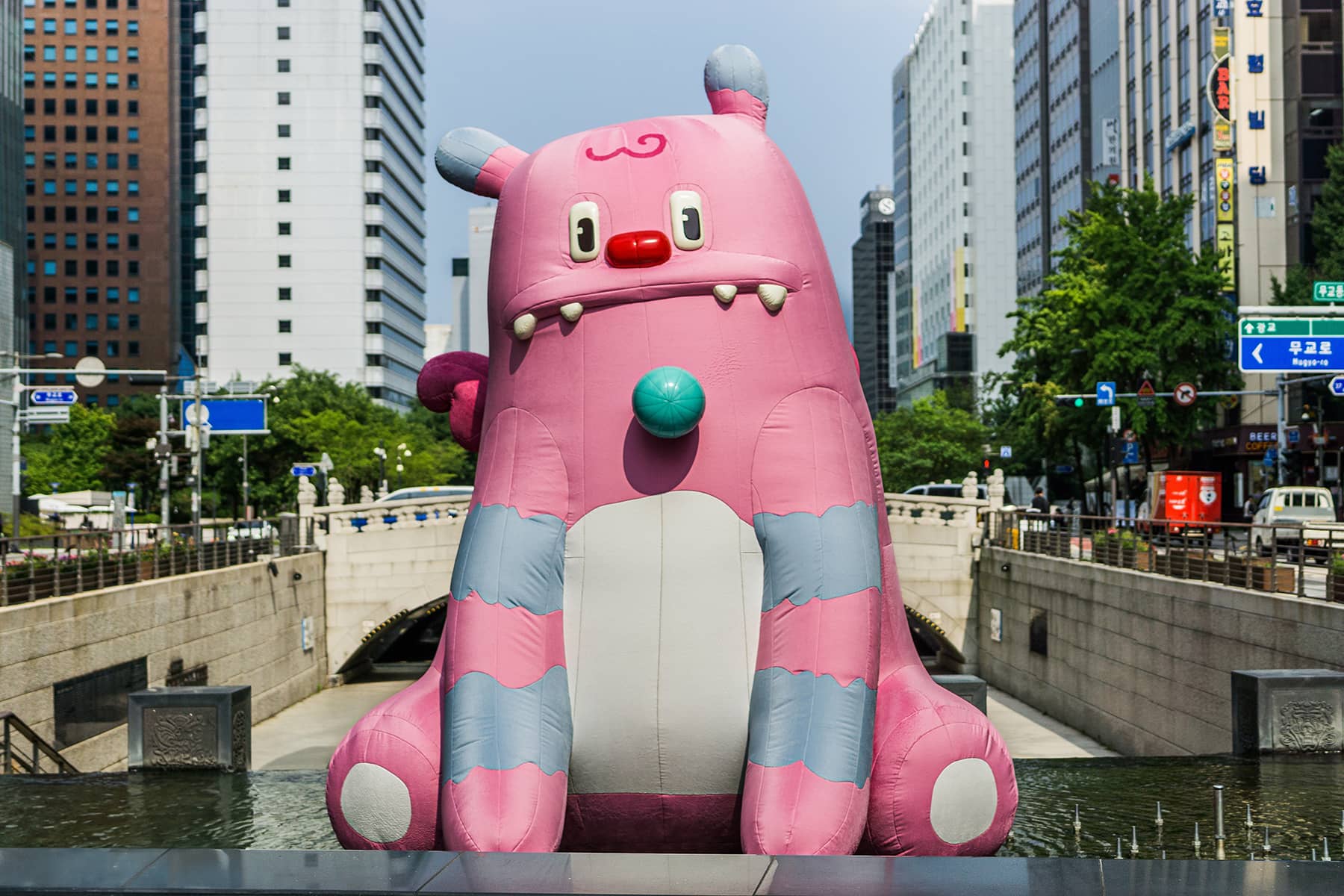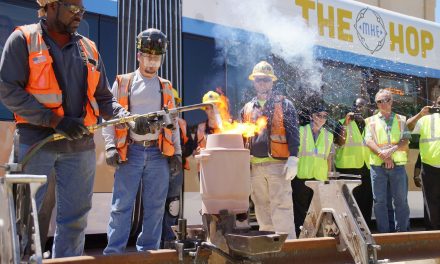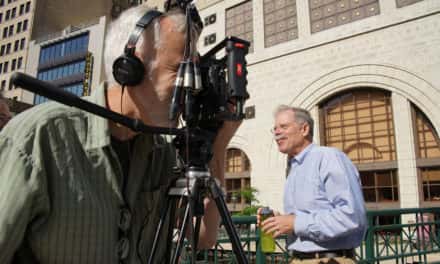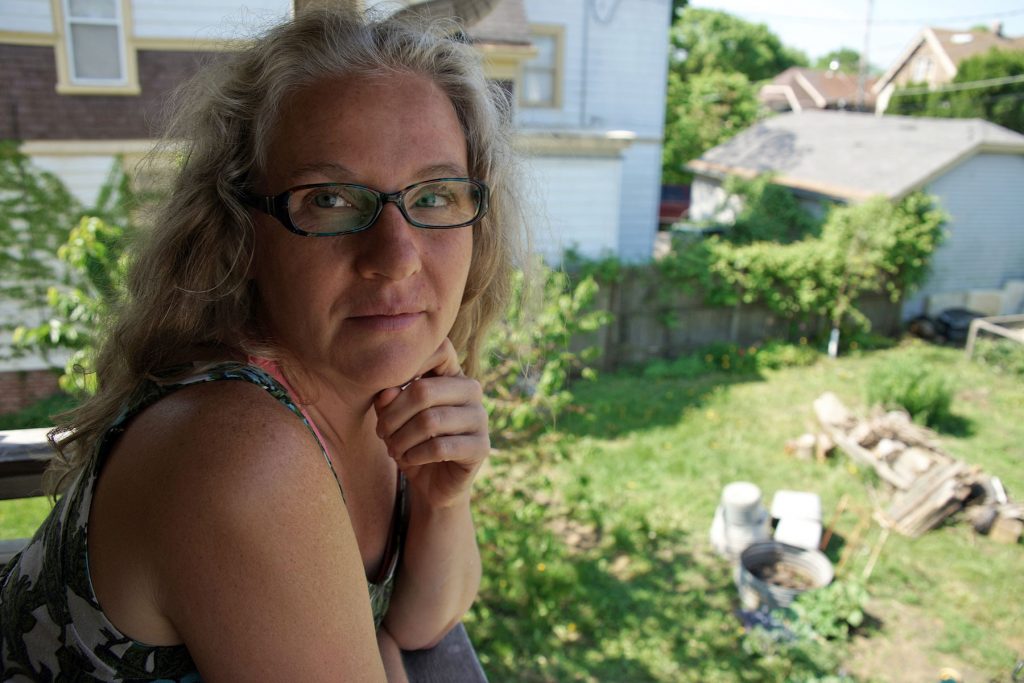
As the capital city of South Korea, Seoul is a place where the threads of history are intricately woven into the fabric of modernity.
Seoul has been continuously inhabited for more than two millennia, carrying the weight of Korea’s storied past. Its history is foundational to understanding the South Korea of today. It is a city that has seen war, colonization, and rebirth, yet remains a beacon of cultural and technological advancements.
Haechi, Seoul’s official mascot, was developed in 2009 as a branding effort to create a recognizable symbol for the capital and to promote it as a global city. The streets of Seoul offer a deeper glimpse into the life of the metropolis, from its bustling markets, to its hidden alleyways, and thriving street art.
Seoul’s streets pulse with a flow of life that is vivid, raw, and unfiltered. This photo essay captures candid moments of the daily rhythm, from the crowded alleyways of bustling markets to the quiet pauses in hidden corners. The collection of images shares the energy, spontaneity, and style that define the dynamic city.
ANCIENT BEGINNINGS
Seoul’s documented history dates back to the 4th century AD, but its prominence began during the Joseon Dynasty (1392-1897) when it became the capital of the nation. It was then called Hanyang (한양). The Joseon kings established Seoul as their political and cultural center, building many of the palaces, gates, and fortifications that still stand today.
20TH CENTURY TURMOIL
The 20th century was a turbulent time for Seoul. After centuries of isolationism during the Joseon period, Korea opened its doors to the world at the end of the 19th century. However, it soon fell under Japanese rule from 1910 to 1945, a period marked by cultural suppression and exploitation. During the Japanese occupation, Seoul was renamed Gyeongseong (경성), and much of its traditional architecture was altered or destroyed to make way for Japanese colonial buildings.
Following liberation from Japanese rule in 1945, Korea was split into two, leading to the Korean War (1950-1953). Seoul was at the heart of the conflict, changing hands several times during the fighting and suffering near-total destruction. The scars of the war are still present in the city’s collective memory, and landmarks such as the War Memorial of Korea (전쟁기념관) serve as a reminder of the cost of division.
Despite the devastation of the Korean War, Seoul quickly rebuilt itself in the decades that followed. What was once a war-torn city has transformed into one of the most technologically advanced urban centers in the world. Its economic growth has been called the “Miracle on the Han River.”
THE RISE OF MODERN SEOUL
By the late 20th century, Seoul had fully embraced modernization and global capitalism. Today, it is celebrated as a hub for global business, technology, and entertainment. But Seoul’s identity is not just in high-rise buildings and neon lights. The city’s charm lies in its ability to embrace both the old and the new. Insadong (인사동) offers a glimpse into the traditional arts and crafts of Korea, with tea houses and antique shops lining its streets, while the nearby Namsangol Hanok Village (남산골 한옥마을) preserves the architecture of the hanok (한옥), traditional Korean houses, against the backdrop of modern Seoul.
STREET CULTURE
Beyond the luxury stores and historic palaces, the true spirit of Seoul can be found in its streets. Seoul’s street culture is vibrant, dynamic, and ever-evolving, shaped by its youth, artists, and everyday people. The murals along the banks of the Cheonggyecheon (청계천), a nearly 7-mile stream that runs through downtown Seoul, is one example. Originally covered up and used to dump sewage during South Korea’s rapid urbanization after the Korean War, Cheonggyecheon was restored in 2005. The stream now serves as a green space, hosting murals along the walking paths that reflect both historical and contemporary themes.
One of the most iconic aspects of Seoul’s street culture is its food. In places like the Kwangjang Market (광장시장) and Namdaemun Market (남대문시장), street vendors selling everything from the spicy rice cakes called tteokbokki (떡볶이) to the sweet pancakes known as hotteok (호떡). The street food scene is a vital part of Seoul’s culinary identity. For many, the true taste of Seoul can be experienced in these bustling markets.
THE FUTURE OF SEOUL
Seoul is a city that thrives on change while deeply respecting its traditions. As South Korea continues to grow as a global cultural and technological force, Seoul stands at the crossroads of that development. The city is constantly evolving, whether through the evolution of smart city initiatives, increased environmental sustainability efforts, or its status as a leader in digital technology.
Named after Eulji Mundeok, the general who saved Korea from the invading Sui dynasty of China, Euljiro (을지로) is a vibrant district in Seoul known for its blend of old and new. Historically an industrial hub filled with hardware stores, printing shops, and metal factories, Euljiro has recently evolved into a trendy area with hip cafes, art galleries, and creative spaces.
As a city that has risen from the ashes of war to become a beacon of progress, Seoul’s future looks as bright as its neon-lit streets. It is a city where history lives alongside modernity, where the past is not forgotten but celebrated, and where every street corner has a story to tell.
MI Staff (Korea)
Lее Mаtz
Flying Camera (via Shutterstock)
- Exploring Korea: Stories from Milwaukee to the DMZ and across a divided peninsula
- A pawn of history: How the Great Power struggle to control Korea set the stage for its civil war
- Names for Korea: The evolution of English words used for its identity from Gojoseon to Daehan Minguk
- SeonJoo So Oh: Living her dream of creating a "folded paper" bridge between Milwaukee and Korean culture
- A Cultural Bridge: Why Milwaukee needs to invest in a Museum that celebrates Korean art and history
- Korean diplomat joins Milwaukee's Korean American community in celebration of 79th Liberation Day
- John T. Chisholm: Standing guard along the volatile Korean DMZ at the end of the Cold War
- Most Dangerous Game: The golf course where U.S. soldiers play surrounded by North Korean snipers
- Triumph and Tragedy: How the 1988 Seoul Olympics became a battleground for Cold War politics
- Dan Odya: The challenges of serving at the Korean Demilitarized Zone during the Vietnam War
- The Korean Demilitarized Zone: A border between peace and war that also cuts across hearts and history
- The Korean DMZ Conflict: A forgotten "Second Chapter" of America's "Forgotten War"
- Dick Cavalco: A life shaped by service but also silence for 65 years about the Korean War
- Overshadowed by conflict: Why the Korean War still struggles for recognition and remembrance
- Wisconsin's Korean War Memorial stands as a timeless tribute to a generation of "forgotten" veterans
- Glenn Dohrmann: The extraordinary journey from an orphaned farm boy to a highly decorated hero
- The fight for Hill 266: Glenn Dohrmann recalls one of the Korean War's most fierce battles
- Frozen in time: Rare photos from a side of the Korean War that most families in Milwaukee never saw
- Jessica Boling: The emotional journey from an American adoption to reclaiming her Korean identity
- A deportation story: When South Korea was forced to confront its adoption industry's history of abuse
- South Korea faces severe population decline amid growing burdens on marriage and parenthood
- Emma Daisy Gertel: Why finding comfort with the "in-between space" as a Korean adoptee is a superpower
- The Soul of Seoul: A photographic look at the dynamic streets and urban layers of a megacity
- The Creation of Hangul: A linguistic masterpiece designed by King Sejong to increase Korean literacy
- Rick Wood: Veteran Milwaukee photojournalist reflects on his rare trip to reclusive North Korea
- Dynastic Rule: Personality cult of Kim Jong Un expands as North Koreans wear his pins to show total loyalty
- South Korea formalizes nuclear deterrent strategy with U.S. as North Korea aims to boost atomic arsenal
- Tea with Jin: A rare conversation with a North Korean defector living a happier life in Seoul
- Journalism and Statecraft: Why it is complicated for foreign press to interview a North Korean defector
- Inside North Korea’s Isolation: A decade of images show rare views of life around Pyongyang
- Karyn Althoff Roelke: How Honor Flights remind Korean War veterans that they are not forgotten
- Letters from North Korea: How Milwaukee County Historical Society preserves stories from war veterans
- A Cold War Secret: Graves discovered of Russian pilots who flew MiG jets for North Korea during Korean War
- Heechang Kang: How a Korean American pastor balances tradition and integration at church
- Faith and Heritage: A Pew Research Center's perspective on Korean American Christians in Milwaukee
- Landmark legal verdict by South Korea's top court opens the door to some rights for same-sex couples
- Kenny Yoo: How the adversities of dyslexia and the war in Afghanistan fueled his success as a photojournalist
- Walking between two worlds: The complex dynamics of code-switching among Korean Americans
- A look back at Kamala Harris in South Korea as U.S. looks ahead to more provocations by North Korea
- Jason S. Yi: Feeling at peace with the duality of being both an American and a Korean in Milwaukee
- The Zainichi experience: Second season of “Pachinko” examines the hardships of ethnic Koreans in Japan
- Shadows of History: South Korea's lingering struggle for justice over "Comfort Women"
- Christopher Michael Doll: An unexpected life in South Korea and its cross-cultural intersections
- Korea in 1895: How UW-Milwaukee's AGSL protects the historic treasures of Kim Jeong-ho and George C. Foulk
- "Ink. Brush. Paper." Exhibit: Korean Sumukhwa art highlights women’s empowerment in Milwaukee
- Christopher Wing: The cultural bonds between Milwaukee and Changwon built by brewing beer
- Halloween Crowd Crush: A solemn remembrance of the Itaewon tragedy after two years of mourning
- Forgotten Victims: How panic and paranoia led to a massacre of refugees at the No Gun Ri Bridge
- Kyoung Ae Cho: How embracing Korean heritage and uniting cultures started with her own name
- Complexities of Identity: When being from North Korea does not mean being North Korean
- A fragile peace: Tensions simmer at DMZ as North Korean soldiers cross into the South multiple times
- Byung-Il Choi: A lifelong dedication to medicine began with the kindness of U.S. soldiers to a child of war
- Restoring Harmony: South Korea's long search to reclaim its identity from Japanese occupation
- Sado gold mine gains UNESCO status after Tokyo pledges to exhibit WWII trauma of Korean laborers
- The Heartbeat of K-Pop: How Tina Melk's passion for Korean music inspired a utopia for others to share
- K-pop Revolution: The Korean cultural phenomenon that captivated a growing audience in Milwaukee
- Artifacts from BTS and LE SSERAFIM featured at Grammy Museum exhibit put K-pop fashion in the spotlight
- Hyunjoo Han: The unconventional path from a Korean village to Milwaukee’s multicultural landscape
- The Battle of Restraint: How nuclear weapons almost redefined warfare on the Korean peninsula
- Rejection of peace: Why North Korea's increasing hostility to the South was inevitable
- WonWoo Chung: Navigating life, faith, and identity between cultures in Milwaukee and Seoul
- Korean Landmarks: A visual tour of heritage sites from the Silla and Joseon Dynasties
- South Korea’s Digital Nomad Visa offers a global gateway for Milwaukee’s young professionals
- Forgotten Gando: Why the autonomous Korean territory within China remains a footnote in history
- A game of maps: How China prepared to steal Korean history to prevent reunification
- From Taiwan to Korea: When Mao Zedong shifted China’s priority amid Soviet and American pressures
- Hoyoon Min: Putting his future on hold in Milwaukee to serve in his homeland's military
- A long journey home: Robert P. Raess laid to rest in Wisconsin after being MIA in Korean War for 70 years
- Existential threats: A cost of living in Seoul comes with being in range of North Korea's artillery
- Jinseon Kim: A Seoulite's creative adventure recording the city’s legacy and allure through art
- A subway journey: Exploring Euljiro in illustrations and by foot on Line 2 with artist Jinseon Kim
- Seoul Searching: Revisiting the first film to explore the experiences of Korean adoptees and diaspora






















































































































